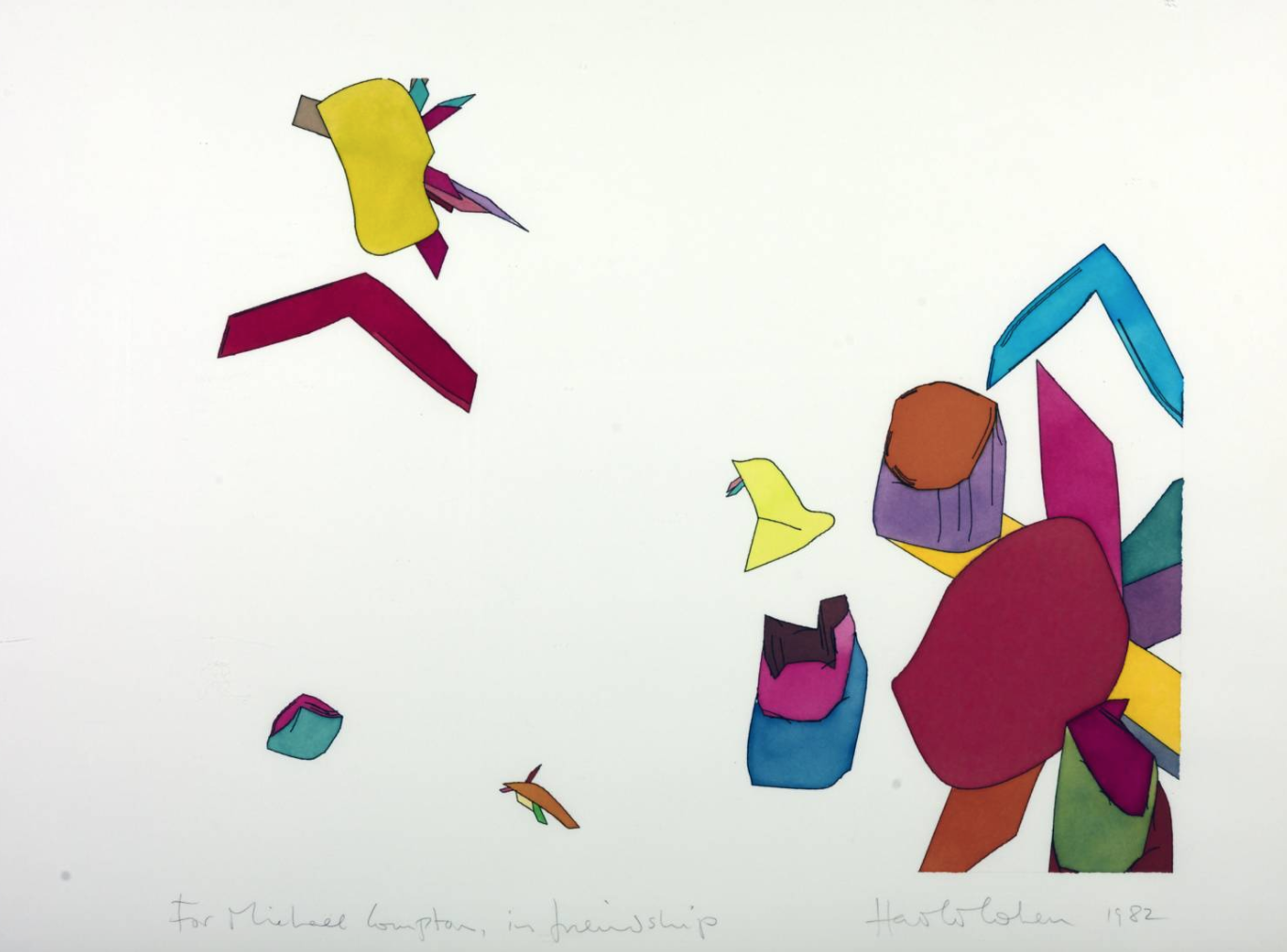One of the points that arose in the first chapter of Drucker’s “Graphesis” that I found interesting was the idea of using computers to draw or present information in graphical form. Specifically, Harold Cohen's work with AARON, in which he worked out a systematic approach to visual composition, is an example of an attempt to build with primitives about the visual experience of the world.
Harold Cohen was a British artist who helped create AARON, a computer program designed to produce distinct images in its own style. The term “digital art” was first coined in the early 1980s with the creation of AARON. Initial versions of AARON created abstract drawings that could not learn new styles on its own- each new style had to be hard coded by Cohen. Therefore, AARON’s output followed a similar formula and pattern. The image below is an example of Cohen's earlier work:

In the 1980s, more representational imagery was added and in the 1990s colour along with scenery was added including rocks, plants, people, and faces. It was possible to download video onto computers, allowing artists to manipulate the images they had filmed with a video camera, which gave artists more creative freedom, allowing them to create visual collages by cutting and pasting within moving images. Most recently, some digital art has become interactive, allowing the audience control over the final image.
The work Cohen created at the time, at the intersection of science, art, and artificial intelligence garnered a lot of attention, leading to many exhibitions at the Tate Gallery in London and many other notable museums.